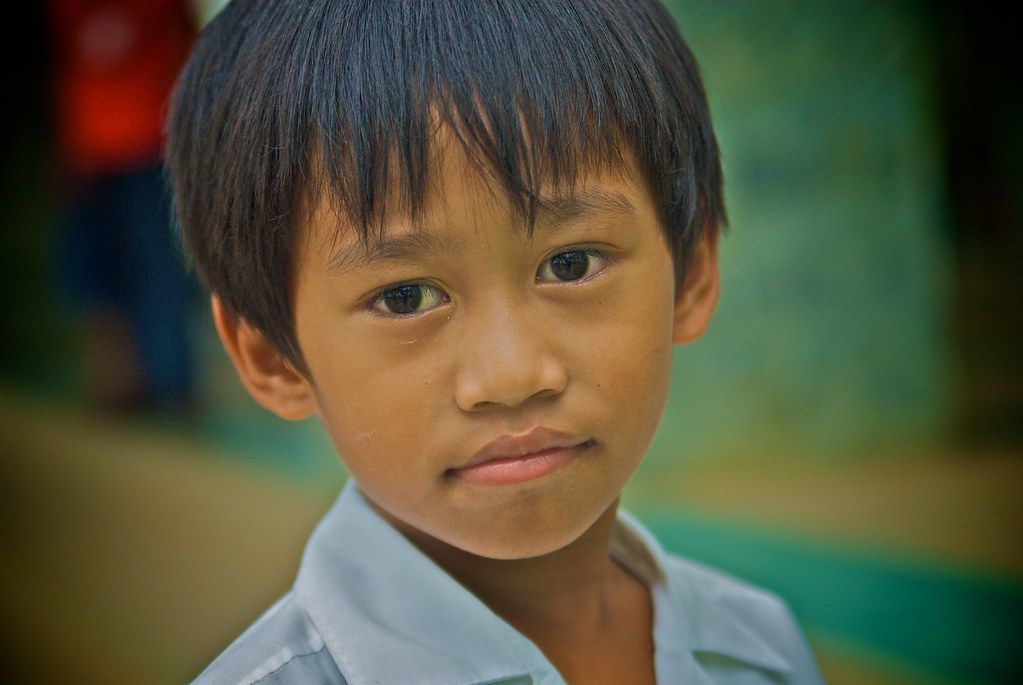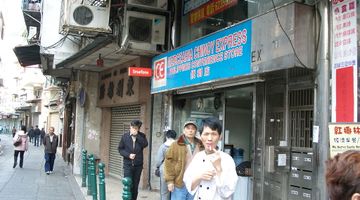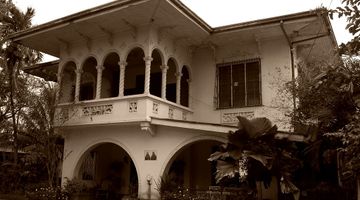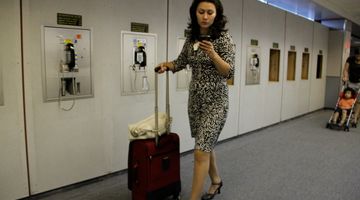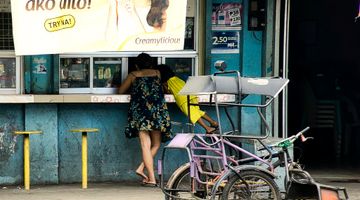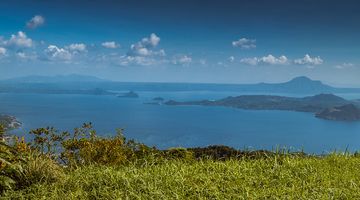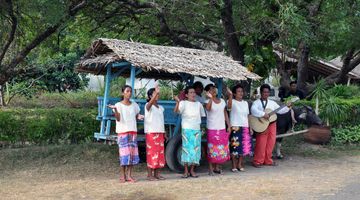Safe Travel in the Philippines
Our personal experience of travelling the Philippines was that it was safe and relatively stress-free, largely due to the kindness and friendliness displayed by locals. We had many positive and rewarding social interactions with Filipinos and found them to be genuine, hospitable and extremely caring. Although, there have been reports in the news of terrorist attacks and acts of violence, especially in Manilla, the biggest crime that we experienced was being over-charged for a boat tour on Siargao Island. Most travellers and tourists share our experience and opinion. However, much like any and all travelling, one needs to be vigilant and aware of one’s surroundings.
Crimes
Street crimes and robbery occur throughout the Philippines and one needs to take sensible precautions.
Gun crime is a concern in the Philippines and the poorly regulated and widespread gun ownership makes it something to be mindful of when travelling. One should be especially attentive when exploring at night-time and quiet, rural areas should be avoided after dark. Travelling in groups is helpful, as is sticking to busier areas.
Alcohol and drug-related crimes are also issues to be alerted to when travelling, especially in urban areas, such as Manilla. All incidences of crime need to be reported to the Philippine National Police. The National Emergency Number is 117.
Terrorist activity
Although, the majority of the Philippines are a peaceful retreat for most travellers, as of very recently one should be cautious and heedful of travelling to Mindanao. Terrorist activity, kidnapping threats and violent conflict between the military and rebel groups have resulted in an especially dangerous destination for travellers. Marital law for all of Mindanao for 60 days was declared by President Duterte on 23 May 2017. This was imposed to attempt containing and controlling lawless violence and rebellion to ensure the safety of the public. Travellers should consider skipping this island altogether and to avoid all non-essential travel to the Sulu Archipelago. If travel to these areas is non-optional, one would do well to exercise extreme caution, closely observe media reports and strictly adhere to the instructions of local authorities.
Environmental hazards
Environmental hazards should be a factor for visitors to consider as the Philippines are especially susceptible to floods, earthquakes, landslides, volcanic eruptions and tsunamis. Roughly twenty typhoons occur in the Philippines annually with the majority of them occurring from June to December. All of these natural disasters cause disturbances in transportation and communication channels and visitors are advised to follow the advice and evacuation orders of local authorities.
Scams
There are so many wonderful delights on offer for visitors of the Philippines; beautiful beaches, stunning resorts, delicious food and gorgeous natural wonders. However, for the majority of Filipinos, poverty is a very real and common hardship. It is for this reason that scams targeted at separating tourists from their money do occur and it is worthwhile to be aware of them prior to visiting.
Taxi scams are fairly common throughout the Philippines and it’s wise to insist that the taximeter be used in order to avoid being extorted on the fare once arriving at your destination. Also, do not get into a taxi with anyone other than the taxi driver in the vehicle.
Fake travel agents are another scam for visitors to be aware of. Do extensive research if using an online travel agent and try to avoid sending any money until you are face-to-face or completely positive that they are a legitimate travel agent company.
The Filipinos
Whilst keeping all of these concerns in mind, it is also important to recognize that the majority of Filipinos are hardworking, trustworthy and for the most part, do not let their financial struggles compromise their spiritual and moral beliefs. As with all travelling, it is simply best to be overly careful and alerted to potential danger.
Health issues
Health issues in the Philippines will depend largely on where you travel. The urban cities, such as Manilla and Cebu offer affordable and competent medical care, whereas travelling through the more rural areas can pose potential health risks as medical care is remote and limited.
The majority of hospitals require a down payment of estimated medical fees upon admission and the total payment prior to discharge. A comprehensive list of doctors and available medical facilities can be located on the U.S Embassy Manila webpage.
Travellers occasionally worry about contracting infectious diseases while visiting the Philippines, but fortunately infections very infrequently cause death or dangerous illness. The biggest life-threatening issues for travellers in the Philippines are pre-existing conditions and road accidents. It is advisable to acquire travel insurance, declare any pre-existing conditions and travel with your prescription. Additionally, if you are currently on any medication it is advisable to bring double the amount needed in case of theft or loss.
Money
The simplest means of paying for anything within the Philippines is by using the local currency, Philippine pesos, although some places may accept US dollars. Travellers’ cheques are not advised when travelling the Philippines as they are not widely accepted. Entering the country with a major currency such as US dollars, Euros or British pounds is recommended.
Once arriving in Manila Ninoy Aquino Airport you will be able to exchange your currency at many of the currency-exchange kiosks. While generally the kiosks offer a somewhat poorer deal, they do offer an exhausted traveller the reassuring factor of convenience and immediacy. Since the rate you receive will be less than the norm, only convert as much cash as you need to get a taxi or buy your next meal and perhaps wait until you locate a money exchange option with improved rates.
Fortunately for travellers, the market is saturated in Manila with an abundance of money changers and as a result of the fierce competition, foreigners receive an excellent exchange. Although money changes offer better rates than banks, ensure that you request smaller denominations as taxis and restaurants hesitate or refuse when exchanging larger notes. It is also very important when exchanging money in this fashion to not get ripped off by sleight of hand as this is sadly a common scam in the Philippines. Make sure to count and recount your cash before leaving.
ATMs are perhaps a safer alternative to money exchangers and ATMs are considered one of the best ways to get cash when travelling through the Philippines. ATMs often have a better deal too due to withdrawals being calculated based on the wholesale exchange rate. International bank ATMs, such as Citibank and HSBC, can be found in most large cities. Depending on your home bank you may even be able to avoid ATM charges altogether.
